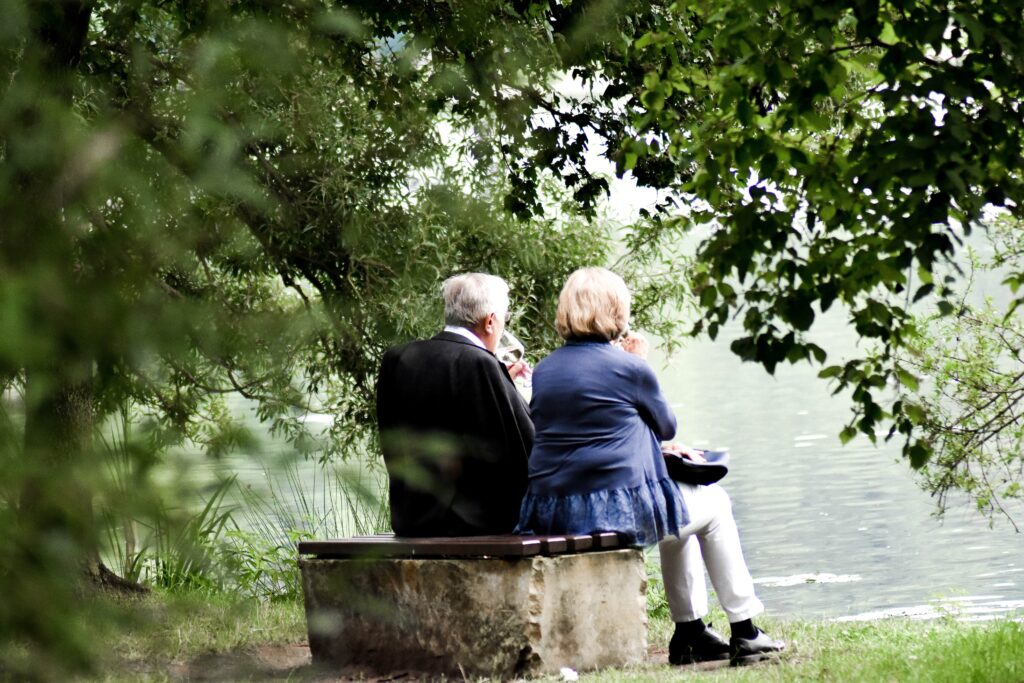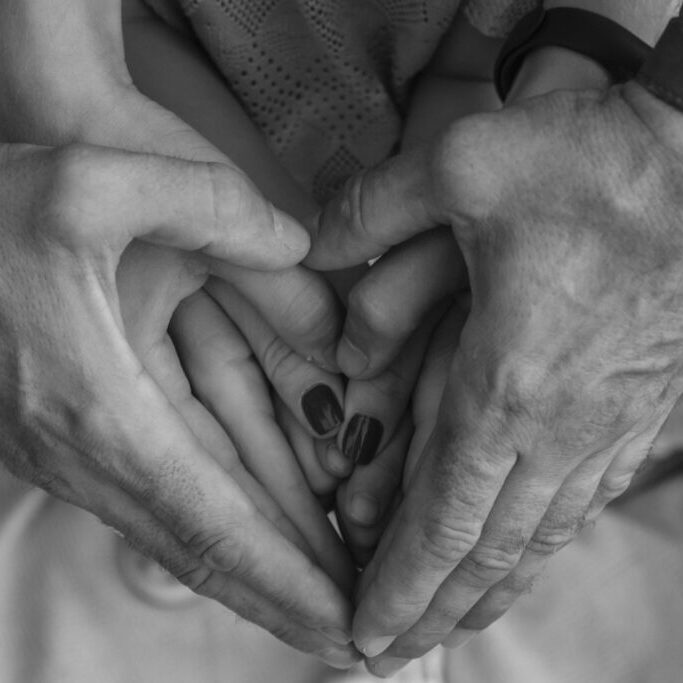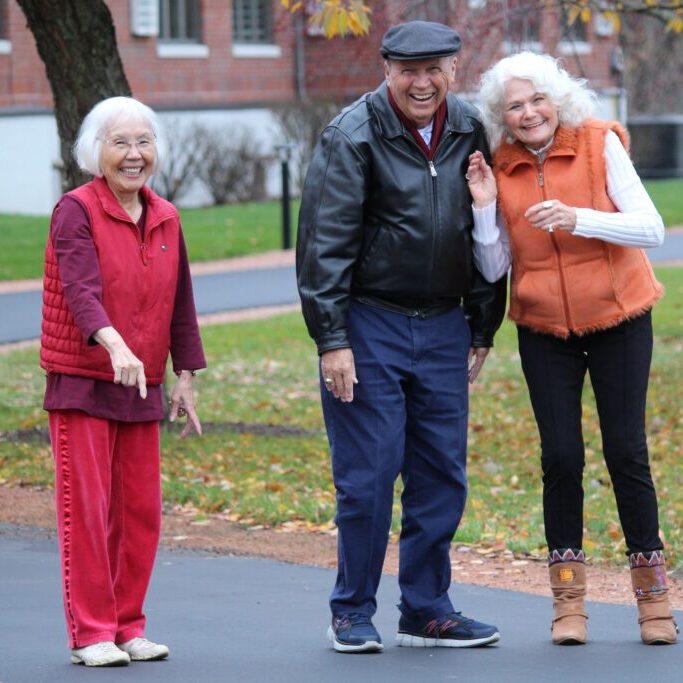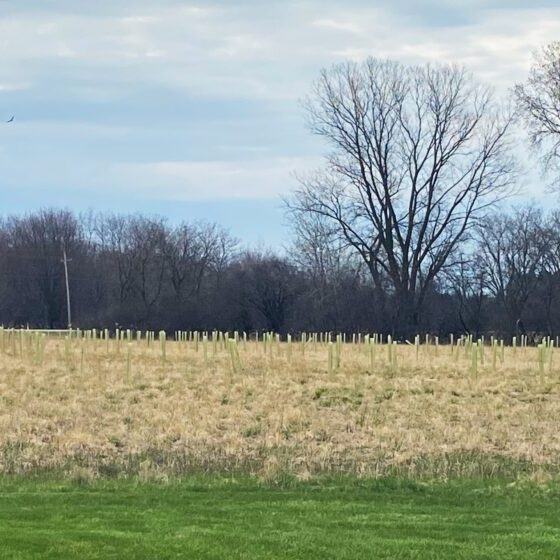Elder Abuse: Warning Signs, Reporting, and More
Older adults are the unfortunate victim of abuse more often than most people realize. Many individuals are in tune to some of the more well-known categories of abuse including physical, sexual, or emotional, and could likely associate the possibility of abuse with an unexplained bruise on an older adult or unusual withdrawal from their normal hobbies, for example.
With hundreds of thousands of occurrences of elder abuse annually, many of which are committed against victims who are older, frail, and depend on others to meet their most basic needs, it’s important to be their advocate and dig a bit deeper into understanding it.
Elder abuse includes:
1. Physical abuse
2. Sexual abuse
3. Emotional or psychological abuse
4. Neglect (including self-neglect)
5. Exploitation (financial or material)
6. Abandonment
The Department of Health and Human Services’ Administration for Community Living states that any knowing, intentional, or negligent act that causes harm or serious risk of harm to a vulnerable adult is considered to be elder abuse, and there are laws in all 50 states to prevent it. Each state has their own specific definition of elder abuse, so it’s not uncommon to see articles, researchers, and professionals using varying definitions to address and describe the concept.

So, what can we do?
Education and raising awareness are often recognized as our primary lines of defense against elder abuse, helping to prevent, recognize, and report abuse. Sometimes, the victim may not be capable of reporting the abuse, or they may not even be aware of it. Knowing the categories that can constitute elder abuse is a start, and the National Center on Elder Abuse urges us to take the next step of becoming familiar with warning signs, as well.
It is everyone’s role to be alert and report any concerns to the necessary parties, but not to determine or prove that abuse is happening; that is the role of professionals. While there’s no one sign or symptom that individually determines abuse, there are several areas to pay attention to, including:
- Physical ailments
Any unusual signs of physical harm on the body of an older adult can be cause for concern, including bruising, abrasions, pressure marks, or more serious symptoms such as broken bones. - Unattended medical or housing needs
A worsening medical condition, missed medications, or unscheduled or unattended medical appointments can be a cause for concern, as can unsanitary or hazardous living conditions. - Unsatisfactory personal hygiene
Changes to someone’s hygiene can be a flag that they are not receiving the care they need, or they may be neglecting themselves. This can be particularly telling for a person who depends on the assistance of a caregiver for basic personal needs. - Emotional or behavioral changes
A change in demeanor, unexplained withdrawal from usual activities, or alteration to usual levels of alertness can be a result of abuse. A person or a caregiver who displays disturbing, disruptive, or disrespectful behaviors such as outbursts of yelling, belittling, threatening, or trying to exert power may also be an indicator. - Troubled relationships
Strain between a family member or caregiver can sometimes indicate a problem on the horizon. Frequent arguments or tense conversations can result from verbal or emotional abuse, or can be an indicator that a caregiver is burnt out, potentially leading to future abuse. - Changes in financial situation or possessions
Depending on your relationship or role, this can be tough to observe. Be alert to subtle comments about affordability, unpaid bills piling up, or unusual changes to account balances. Other red flags can include abrupt changes to a will or financial documents or unexplained disappearance of possessions.
Who do we report suspicions to?
If someone is in immediate danger, never hesitate to dial 911. If you notice a change in an older adult that makes you think twice about elder abuse, contact Adult Protective Services (APS) in their state. Locate contact info by visiting the Eldercare Locator website , or call 1-800-677-1116.
For more information about reporting elder abuse and what to expect, visit the National Center on Elder Abuse online .
It’s crucial that individuals take it upon themselves to learn about the underlying causes of abuse, how to prevent it, and how to reduce the likelihood of it happening again.
Where can we learn more?
There are abundant resources available to stay informed about elder abuse, and also for intervention and aiding in treating the emotional, physical and financial effects that a victim may experience. While some services are available in every community based on federal funding, some are specific to a certain area. Explore the website for the National Committee for Prevention of Elder Abuse , which is a non-profit organization consisting of researchers, practitioners, educators, and advocates dedicated to protecting the safety, security, and dignity of America’s most vulnerable citizens.




